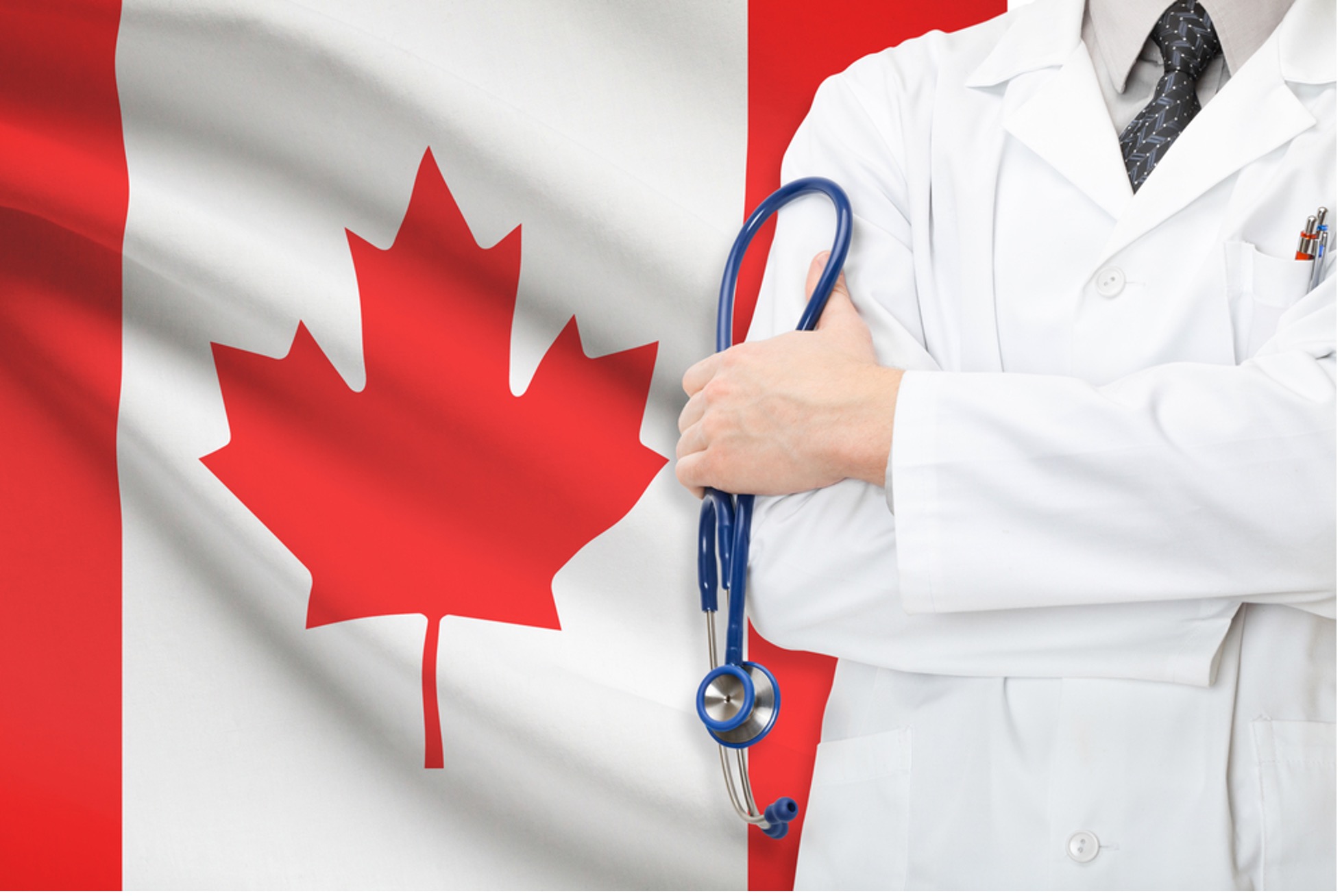Introduction
Canada has emerged as a favored destination for minor students seeking a world-class education, exceptional quality of life, and a welcoming environment. In this guide, we’ll address the key questions and provide valuable insights for parents considering Canada as their child’s educational destination.
1. Why is Canada a popular destination for minor students?
Canada’s popularity as an educational hub for minor students stems from several factors:
- Quality of Life: Canada consistently ranks high in global quality of life indexes. Its safe and inclusive society, coupled with stunning natural landscapes, offers an ideal environment for young learners.
- Education Quality: Canadian institutions are renowned for their academic excellence and research contributions. The education system places a strong emphasis on critical thinking and practical learning.
- Open and Inclusive Immigration Policy: Canada’s immigration policies are designed to welcome skilled individuals and their families. Graduates have pathways to permanent residency, making Canada an attractive long-term option.
- Worldwide Recognition: Credentials earned in Canada are recognized globally, ensuring that students can compete on an international stage.
2. Can you give a brief introduction of the Canadian educational system for minors?
Canada’s educational system for minors is structured as follows:
Primary school generally runs from kindergarten or Grade 1 to Grade 7 while secondary school runs from Grades 8 to Grades 12 in most Canadian provinces and territories.
Each province has its own education regulations, curriculum, and grading system. This diversity ensures that educational offerings are tailored to local needs.
Parents can choose between public and private schools. Public schools are funded by the government and are generally more affordable, while private schools may offer specialized programs and smaller class sizes.
The school year usually starts in September and ends in June, with breaks for holidays in between.
3. How much will it cost for a minor to study in Canada?
Residents: Children of Canadian citizens, permanent residents, study permit and work permit holders can attend public schools for free.
International Students: For international students, costs vary. Tuition fees for international students in public primary and secondary schools can range from $10,000 to $20,000 per year, depending on the province and school.
Private schools charge tuitions to local students as well as international students. The fees for private schools can vary widely depending on their location, specialty, whether they are day schools or boarding schools.
4. How does the admission process look like for an international student?
Public Schools: Admission requirements vary by province and school. Generally, a minor international student will need to provide ID and transcripts and make an application to the district school board. A request for a certain school in the district can be made, but a spot is not guaranteed.
Private Schools: Private schools may have additional admission requirements. This may include a language proficiency test like IELTS, or an interview with the student and/ or the parents. Some schools charge an application fee as well.
5. How do I select the best school for my child?
Choosing a school that best suits your child’s needs requires thoughtful consideration of various factors. Keep in mind that the “best” school is not necessarily the one with the highest rankings, but rather the one that offers an environment where your child can thrive academically, socially, and emotionally. Here are some key points to consider:
- Academic Programs: Look into the school’s curriculum and teaching methods. Does the school offer a range of subjects that align with your child’s interests and aspirations? Consider if the teaching approach, such as project-based learning or a more traditional method, suits your child’s learning style.
- Extracurricular Activities: A well-rounded education includes opportunities beyond the classroom. Investigate the extracurricular programs the school offers. These could include sports, arts, clubs, and community service. Choose a school that provides activities that resonate with your child’s passions and hobbies.
- Class Sizes and Teacher-Student Ratios: Smaller class sizes often facilitate better student-teacher interaction and personalized attention. This can be particularly beneficial for minor students adjusting to a new environment. Consider whether your child would thrive in a smaller, more focused setting or a larger classroom dynamic.
- Location: The school’s location can play a significant role in your child’s daily routine. Consider the commute, transportation options, and the overall accessibility of the school. Proximity to your place of residence and the availability of public transportation might influence your decision.
- Values and Culture: Every school has its own unique culture and values. Research the school’s mission statement and educational philosophy. Make sure these align with your family’s values and the type of learning environment you want for your child.
- Support Services: Schools that offer comprehensive support services can greatly benefit students, especially those transitioning to a new country. Look into services such as academic tutoring, counseling, and language support. These resources can contribute to your child’s academic success and emotional well-being.
- Parent-Teacher Communication: Effective communication between parents and teachers is vital. Research how the school facilitates parent-teacher interaction, such as parent-teacher conferences, regular updates, and online platforms. A school that values parental involvement can create a more collaborative and supportive learning environment.
In the end, the “best” school is the one that is the most suitable match for your child’s unique qualities, needs, and aspirations. Take the time to visit schools, attend open houses, and engage with current students, parents, and teachers. Trust your instincts and involve your child in the decision-making process. By considering these factors, you can help ensure that your child’s educational experience in Canada is both fulfilling and enriching.
6. Can international students work in Canada?
While some international students are permitted to work off campus without a work permit, most primary and secondary level students are generally not eligible to work.
7. How does the college admission look like if my child graduates from a Canadian secondary school?
Admission to colleges and universities typically requires meeting language requirements (often IELTS or equivalent), achieving specific grade levels, and possibly additional standardized testing.
Some colleges and universities may waive the language requirements for graduates from a Canadian secondary school.
8. What’s the best age for minor student to come to Canada?
Younger children may adapt more easily to new environments and language learning. However, parents should consider both linguistic readiness and the potential cumulative costs of sending children at an early age.
9. Can I come to accompany my child when he or she is studying in Canada?
Parents can accompany their children but may need to apply separately for a visitor visa. It’s important to note that the study permit granted to the child does not automatically extend to parents. Each parent needs to submit a separate visa application to enter Canada legally if they are from a visa-required country. Once granted, the parents will have visitor status in Canada and in most cases will not be able to work legally in Canada.
In addition, if the child is travelling with only one parent, a travel consent letter signed by the non-accompanying parent will usually be required. This document provides written consent from the non-accompanying parent, allowing the child to travel with the accompanying parent.
10. When should I apply for schools and the study permit for my child?
Applying for school admission well in advance is essential, especially for popular institutions or programs. Many Canadian schools, both public and private, have limited spots available, and they can fill up quickly, particularly in high-demand grades or programs.
The study permit application process involves several steps, including gathering documents, submitting the application, and waiting for a decision from Immigration, Refugees, and Citizenship Canada (IRCC). In some cases, further documents may be requested, and this may cause further delays in processing. Processing times can vary depending on many factors such as the volume of applications received by IRCC and the complexity and completeness of your application. By applying well in advance for both school admission and the study permit, you provide yourself and your child with ample time to gather necessary documents, address any potential issues, and receive decisions in a timely manner. Generally, once your child has been admitted to a school, it is recommended to start the study permit application process a minimum of 3 months before the intended start date of your child’s school year.
11. What do I need to look out for in a minor’s study permit application?
Documents for a study permit application may include a letter of acceptance, proof of funds, a custodian declaration form, a travel consent letter among other documents.
Custodians may be required for students of certain age. The age of majority is 18 years in the provinces of Alberta, Manitoba, Ontario, Prince Edward Island, Quebec, and Saskatchewan; and 19 years in the provinces of British Columbia, New Brunswick, Newfoundland and Labrador, Northwest Territories, Nova Scotia, Nunavut, and Yukon. IRCC requires that minor children under the age of 17 must either come with their parent/legal guardian or have a custodian in Canada. As for minors 17 years of age and older, a custodian is optional, but an officer can request one on a case-by-case basis.
A Custodianship Declaration form must be included in the study permit application if a custodian is required. Both pages of the form must be completed. The first page needs to be signed by the custodian and notarized in Canada, and the second page needs to be signed by the parents or legal guardians of the minor child and notarized in their home country. Although there is no expiry date for notarization in Canada, the IRCC’s general rule of thumb is that signatures on all forms are valid for 90 days only.
Conclusion: Embracing Your Child’s Canadian Education Journey
In this guide, we’ve revealed Canada’s allure as an educational sanctuary, rich in quality of life and academic excellence. With insights into admissions, costs, and essential documents, you are now ready to pursue the next step in the process by contacting our Canadian student visa immigration professionals to book a consultation. We are here to equip you to nurture your child’s path in Canada’s welcoming educational landscape. As you embark on this transformative journey, remember that each child’s story is unique. Welcome to a world of educational possibilities in Canada!






